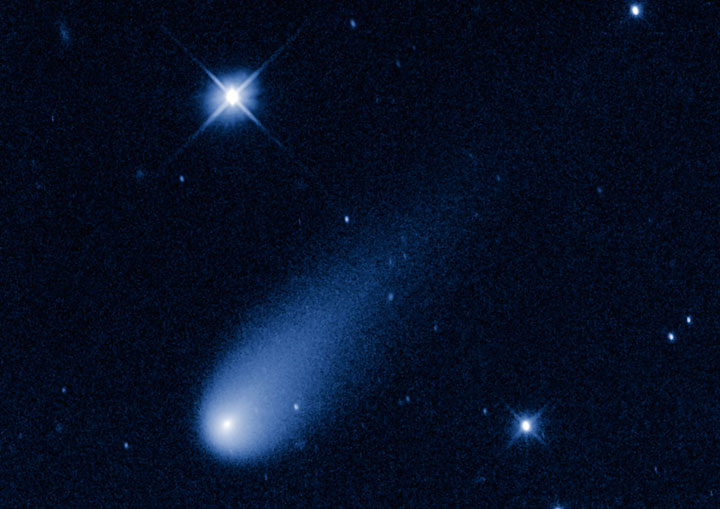TORONTO – Is the “Comet of the Century” going to be a bust?

A recent scientific paper published by Ignacio Ferrin of the Institute of Physics at the University of Antioquia in Colombia, has found that what the highly-anticipated Comet ISON may have fizzled.
Comet ISON was discovered by Russian astronomers Vitali Nevski and Artyom Novichonok on Sept. 21, 2012 (its official name is C/2012 S1; ISON stands for the International Scientific Optical Network, named for a group of observatories which track objects in space).
Many astronomers had predicted that the comet would give us a great show, possibly being bright enough to be seen during the day by the end of 2013. However, Ferrin’s research shows a decrease in brightness that started roughly in the new year and has remained at an almost perfect standstill for about 132 days.
“Comet ISON has been at a standstill for more than 132 days,” Ferrin wrote in the paper. “A rather puzzling feat.” However, Ferrin noted, “The information contained in this report is preliminary.”

Get breaking National news
Ferrin used data from CCD observations and nine visual observations (ISON is currently not visible from Earth). The next observing window will take place from October 7 to November 4.
Comets are often referred to as “dirty snowballs” because they are made up largely of ice and debris left over from the creation of our solar system. Tails from comets form when the the icy material transforms from a solid into a gas (called sublimation). The solar wind blows the gas away from the comet and the gas and dust reflect sunlight, brightening the comet. There is the possibility that ISON can no longer sublimate the ice particles, which gives it its brightness.
Why the comet has slowed down is not fully understood. However, even Ferrin concludes that the fate of ISON is still unclear. If Ferrin’s findings are correct, there is little chance that ISON could regain its strength.
Meanwhile, both amateur and professional astronomers around the world are still hoping that ISON reignites as it nears Earth.
Ferrin’s paper was submitted to the Monthly Notices of The Royal Astronomical Society.


Comments